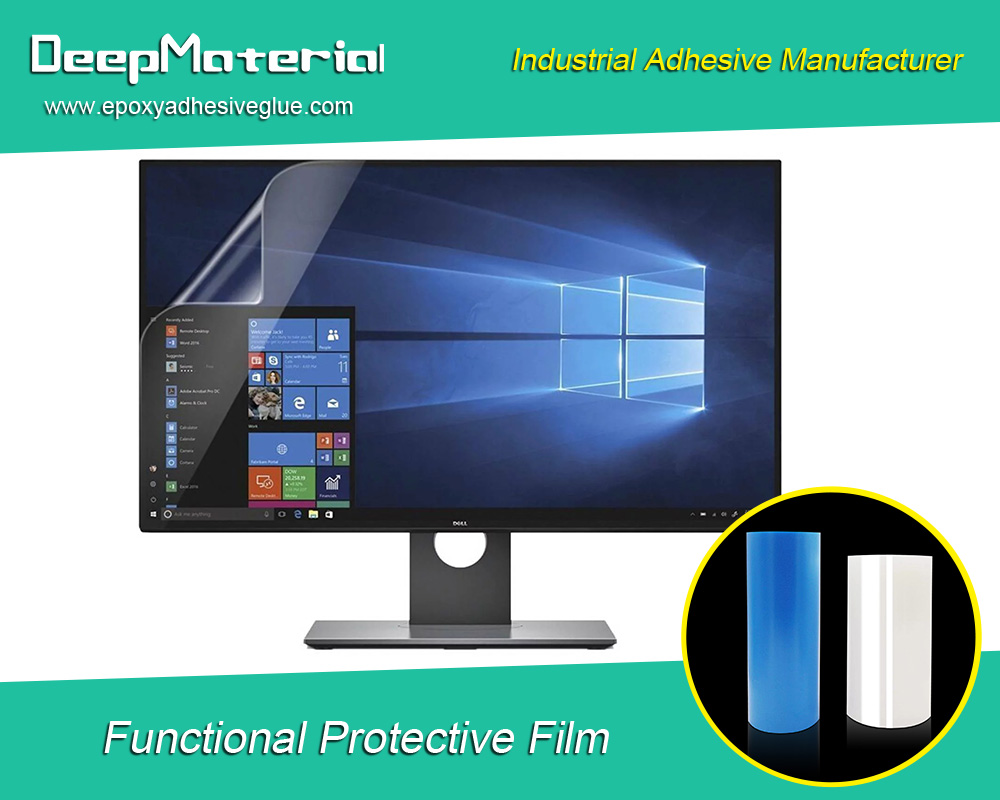Micro LED adhesive solutions that work for lens and displays optical contact bonding
Micro LED adhesive solutions that work for lens and displays optical contact bonding
A lot of research has been put into the development of the best adhesives for use in different applications. Micro LED adhesive is one of them. Different techniques have been introduced to cater to the issues in the micro-LED industry such as massive chip transfer and heterogeneous micro-LED integration for high-resolution displays.

Micro LEDs are seen as the next-generation technology within the display industry. They bring with them many advantages like more brightness, a longer lifetime, low consumption of power, fast response time, and higher resolution when compared to LCD displays or OLED technologies. This is why they have much better prospects within the wearable devices AR, VR, and outdoor displays.
The production of micro-LED display kind of devices faces many challenges today. One of them concerns how to transfer and integrate micro-LED chips accurately to drive circuits. This is a hurdle that needs to be overcome. There are so many transfer technologies that are suggested, but there are still many things that need to be improved in terms of accuracy and transfer speed. Also, the transfer technologies concentrate on chip transfer optimization, but not much is done to assess compatibility with various bonding processes.
Micro LED adhesive application process
Because of the challenges faced, tape transfer and laser lift-off have been introduced to help fabricate thin film micro-LEDs at wafer level. In this case, an adhesive tape has to be layered on the micro-LED arrays, usually on a sapphire substrate. This substrate is then removed through laser lift of. This results in the release of the micro-LED arrays to the adhesive tape.
Flip chip bonding has to be done to a drive board, but before this, the micro-LEDs need to be turned so that they are upside down. You achieve this by getting a tape with a stronger adhesion and attaching it to the arrays on the other tape. The stronger adhesion allows the release of the micro-LEDs to transfer to the second tape. You only have to peel away the tape for the transfer to be effected. When this is done, the micro-LEDs are ready.
Need for adhesives
Finding a high-quality adhesive is essential if you want a lasting outcome. The need for LED displays has LED to micro-LED mass transfer technology. While many manufacturers are already researching and developing solutions under this category, it is clear that a good adhesive is needed to make this happen.
A good electrical connection is needed between the driver electronics and the micro-LEDs. Choosing your adhesive comes in handy to ensure that things go as they should and that you achieve the desired outcome. Micro LEDs are brightness sensitive, and they are power sensitive as well. This is what they are used in different electronics.
Solutions from deep material
Fabricating the best micro-LED display can be a challenge. However, working with DeepMaterial makes things so much easier for you. We have been in the business for a long time and are actively engaged in the research and development of the best adhesive solutions and options for a wide range of applications and industries.
We understand how important micro-LEDs are. That is why we offer lasting solutions by creating some of the highest quality micro-LED adhesives that work. Choosing quality means high success rates and better outcomes with all our LED applications.

For more about micro LED adhesive solutions that work for lens and displays optical contact bonding,you can pay a visit to DeepMaterial at https://www.epoxyadhesiveglue.com/display-shading-glue/ for more info.











